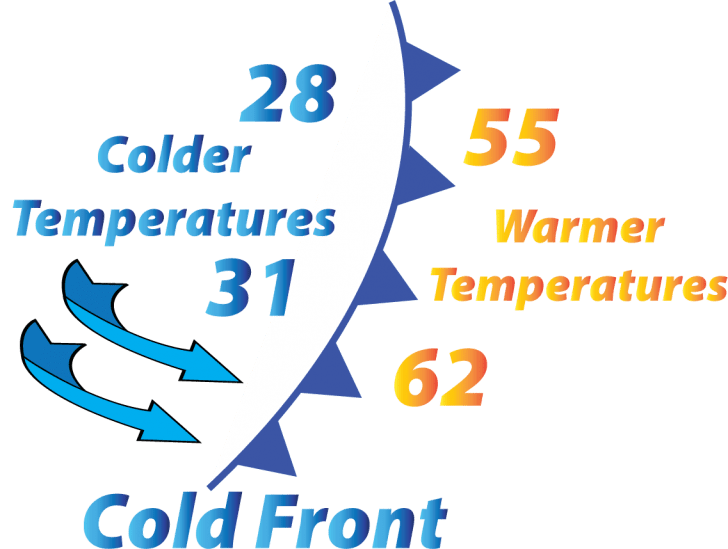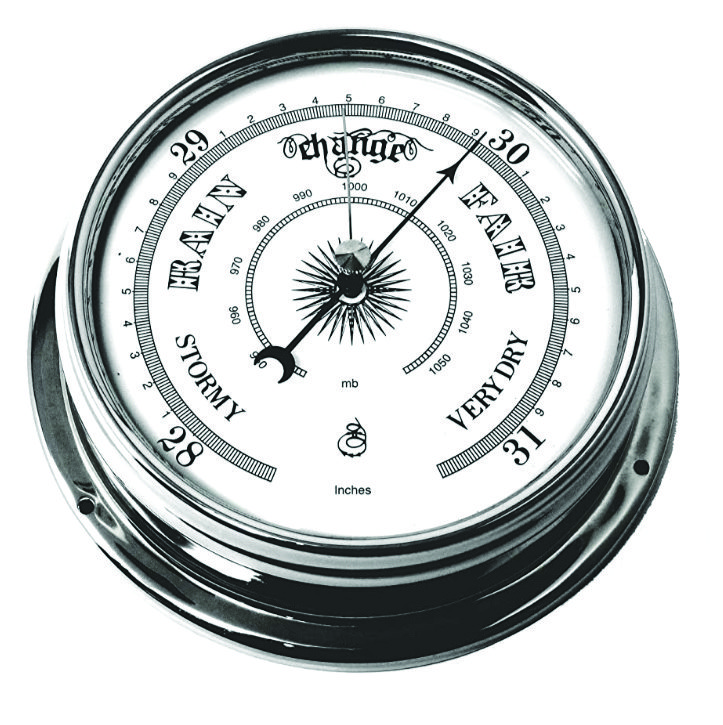Capt. Neil Eisner
Some of my best back country fishing charters have come twelve to twenty four hours before a cold front. As the barometer starts to fall the fish go into a feeding frenzy. The only thing you have to deal with are stronger winds. What you need to do is look for a mangrove wall and see how the tide is moving. It is best if you can find a wall of mangroves where the tide is moving into it or down it, and the wind is pushing the tide the same way. This also holds true for mangrove islands. This will push and hold bait back where the fish are. If you’re not getting hook ups, the water might be moving too fast so look the area over for some slower moving water. Points of structure, on one side or the other, you will find these spots. You can also find this kind of action after the front moves through. Fish twenty-four hours after the front, the fish will start eating again.
Cold Front
transition zone from warm air to cold air
A cold front is defined as the transition zone where a cold air mass is replacing a warmer air mass. Cold fronts generally move from northwest to southeast. The air behind a cold front is noticeably colder and drier than the air ahead of it. When a cold front passes through, temperatures can drop more than 15 degrees within the first hour.
Symbolically, a cold front is represented by a solid line with triangles along the front pointing towards the warmer air and in the direction of movement. On colored weather maps, a cold front is drawn with a solid blue line.
Want to learn more, email or call me.
I’m your captain.
Neil Eisner
239-860-4242



